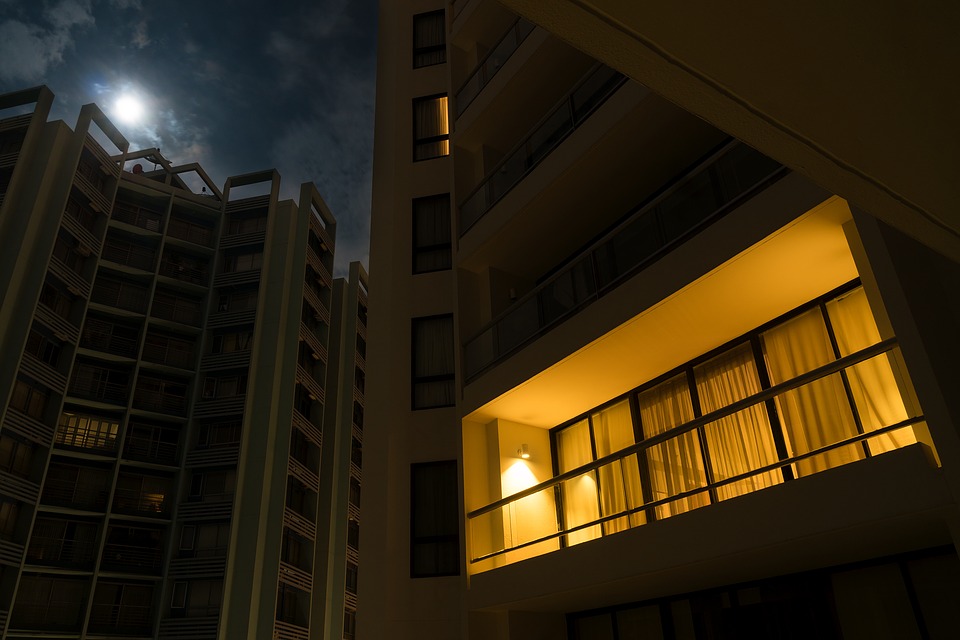New research carried out by the American Academy of Sleep Medicine, shows that there is a significant correlation between artificial light exposure at night and insomnia. The findings suggest that increasing levels of artificial, outdoor light exposure at night is actually linked to insomnia in older adults, who, due to light pollution, are more likely to use hypnotic prescription drugs for more extended periods of time, or take higher doses of hypnotic prescriptions pills.
The overall results suggest that sleep deprivation indoor or outdoor light pollution may cause insomnia or contribute to sleep deprivation. The study results are published in the November issue of the Journal of Clinical Sleep Medicine.

According to the researchers at the American Academy of Sleep Medicine, insomnia involves struggling to fall asleep, having difficulties in maintaining sleep and waking up too early. It’s well known that environmental factors, such as light, extreme temperatures, noise and similar can disrupt one’s sleep.
The authors of the study suggest that inappropriate or excessive use of artificial light at night, also called light pollution, can significantly affect the quality of one’s sleep. Research has shown that exposure to artificial nighttime light can disrupt circadian rhythms, and speaking long-term, potentially lead to metabolic and chronic diseases, such as depression, diabetes, and obesity.
The study was conducted by examining the data from (NHIS-NSC). The sample was taken from a population in South Corea. The researchers analyzed the data from 2002 to 2013 and excluded everyone who was diagnosed with a sleep disorder. The final study sample comprised of 60% female and 40% male who were at least 60 years old. In order to determine the individual exposure level to artificial light, scientists used satellite data provided by the National Centers for Environmental Information.
Usage data for two prescription sleeping pills form the group of hypnotic drugs such as zolpidem and triazolam, were gathered from health insurance records. About 22% of subjects had prescriptions for hypnotic sleeping pills. Leading authors of the study believe that bright outdoor lighting may be one of the environmental causes that not only cause insomnia but also leads to prescribing hypnotic drugs. Further research is required to define and minimize the severe effects of light pollution on human health.
Sleep Related
Let us know if you liked the post. That’s the only way we can improve.
Co-founder of Counting Sheep and Sleepaholic

Leave a Reply